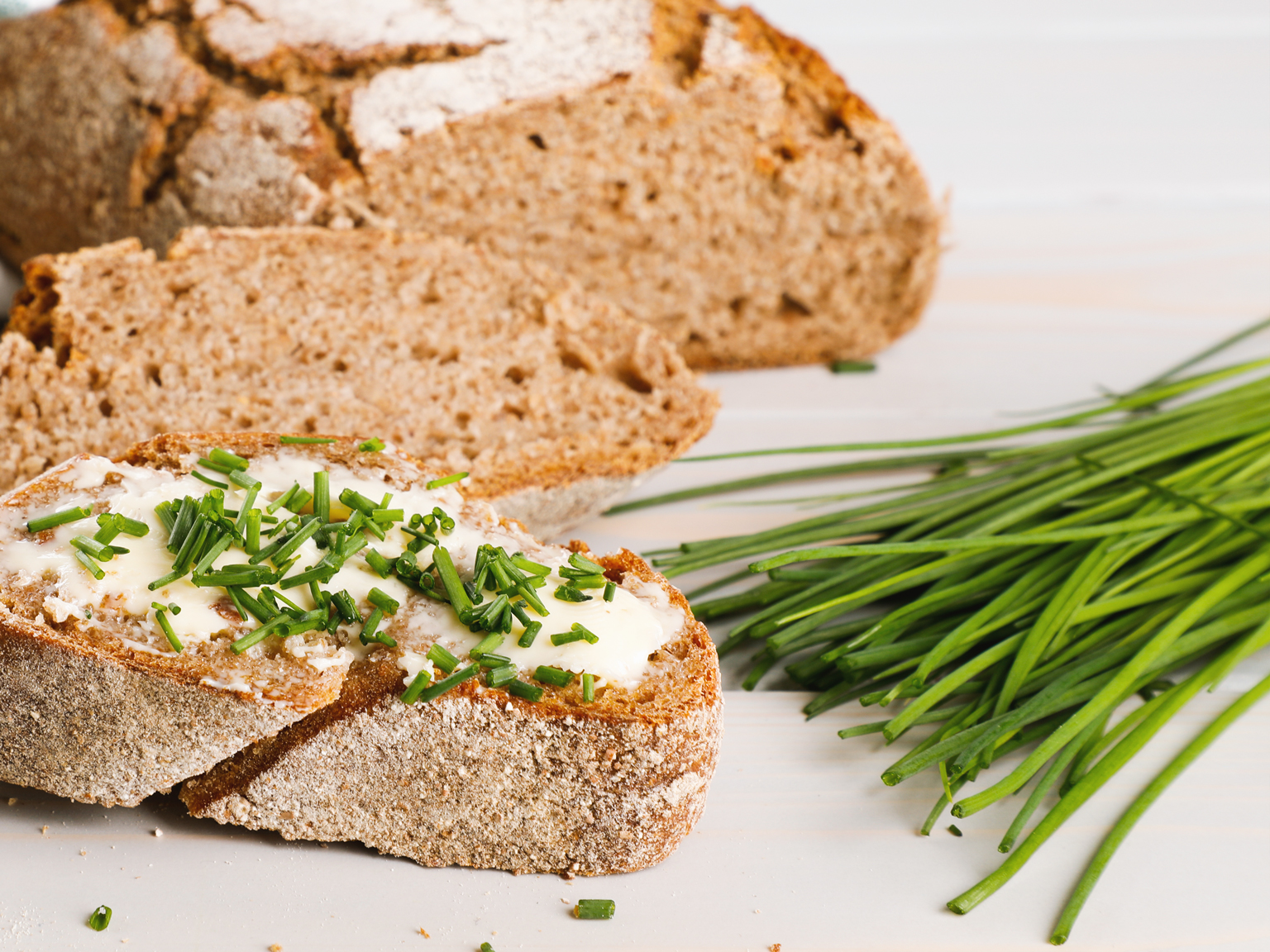Chives are beautiful representatives of alliums – the genus that also includes the well-known and loved-by-many-people common onions, garlic, leek, shallots, scallions. The latter looks almost like chives, tastes almost like chives and in some recipes can be substituted for the chives. And you might start wondering at some point what’s the difference between these two. Well, scallions or, as they are also called, green onions are immature onions with a small undeveloped bulb at the bottom. They are sold like this practically everywhere. Chives, on the other hand, are smaller and thinner. They have blade-like, solid green stalks that are sold without bulbs. Like other onions, they do indeed develop bulbs during growth, but it’s highly unlikely that you see them sold like this – the bulbs are usually removed before the chives go to markets and grocery stores.
Chives are prised not only for their skinny stalks but also for their beautiful violet edible flowers. The first thought that strikes your mind is probably “I should try that in a salad” and this is an absolutely logical step. But there is so much more. Sprinkle petals on egg dishes and savoury crepes for texture and delicate onion-y flavour. Separate flowers into smaller pieces, melt butter, mix in the blossoms and let them sit together in the fridge until they marry and solidify. Garnish your favourite pureed vegetable soups. Chop them and add to vinaigrettes and salad mayo dressings.
Or you can prepare the fanciest crostini (an appetizer with toasted bread with toppings as Italians would call it) ever. Heat 1 tbsp of olive oil and 1 tsp of butter in a pan over medium-high heat, add 1 cup of chive flowers on the stalks, extra minced garlic and saute everything until tender for 3-5 minutes. Take out of the pan, smother your toasts with some butter and put your chives on top. Season with salt and pepper. Toast some fresh bread along with preparing chives. Then whip up two eggs in a bowl with some salt and fry the mixture on low heat in a buttered pan until very delicate curds form. Take one toast, butter it, put some scrambled eggs on it and top everything with cooked chives.
Blossoms can also be incorporated into easy homemade vinegar. To complete this task, you would need 1 bottle of rice or white wine vinegar and a handful of chives with flowers. Mix them together in a suitable container and leave on the counter for 5 days, shaking daily. When vinegar is saturated with chives’ flavour, strain it and use it as you wish in dishes where pungent garlicky flavour and sharp kick is needed: stews and braises, stir-fries and salads. Or, who knows, maybe your morning coffee to get you started!











What do you think?